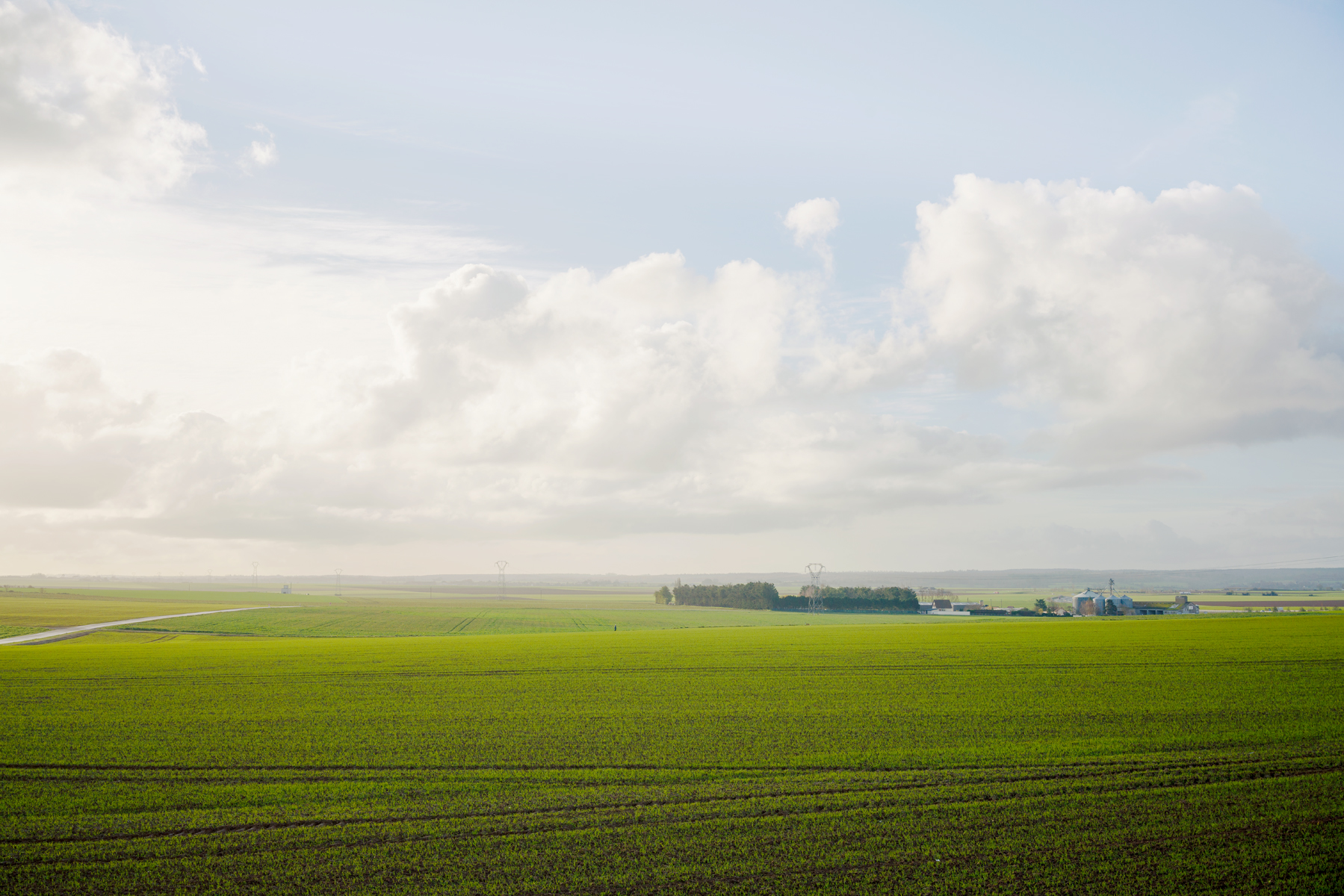

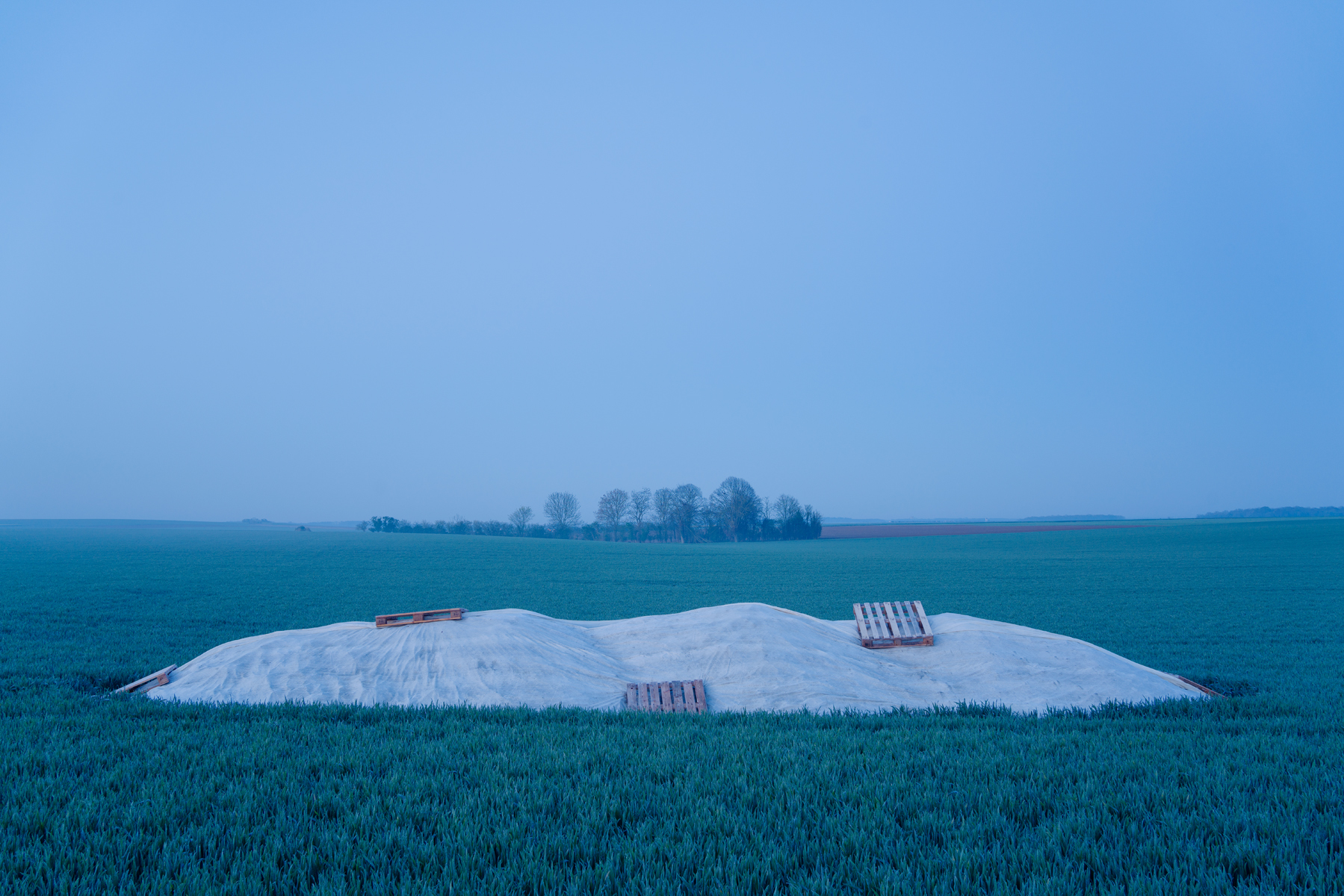
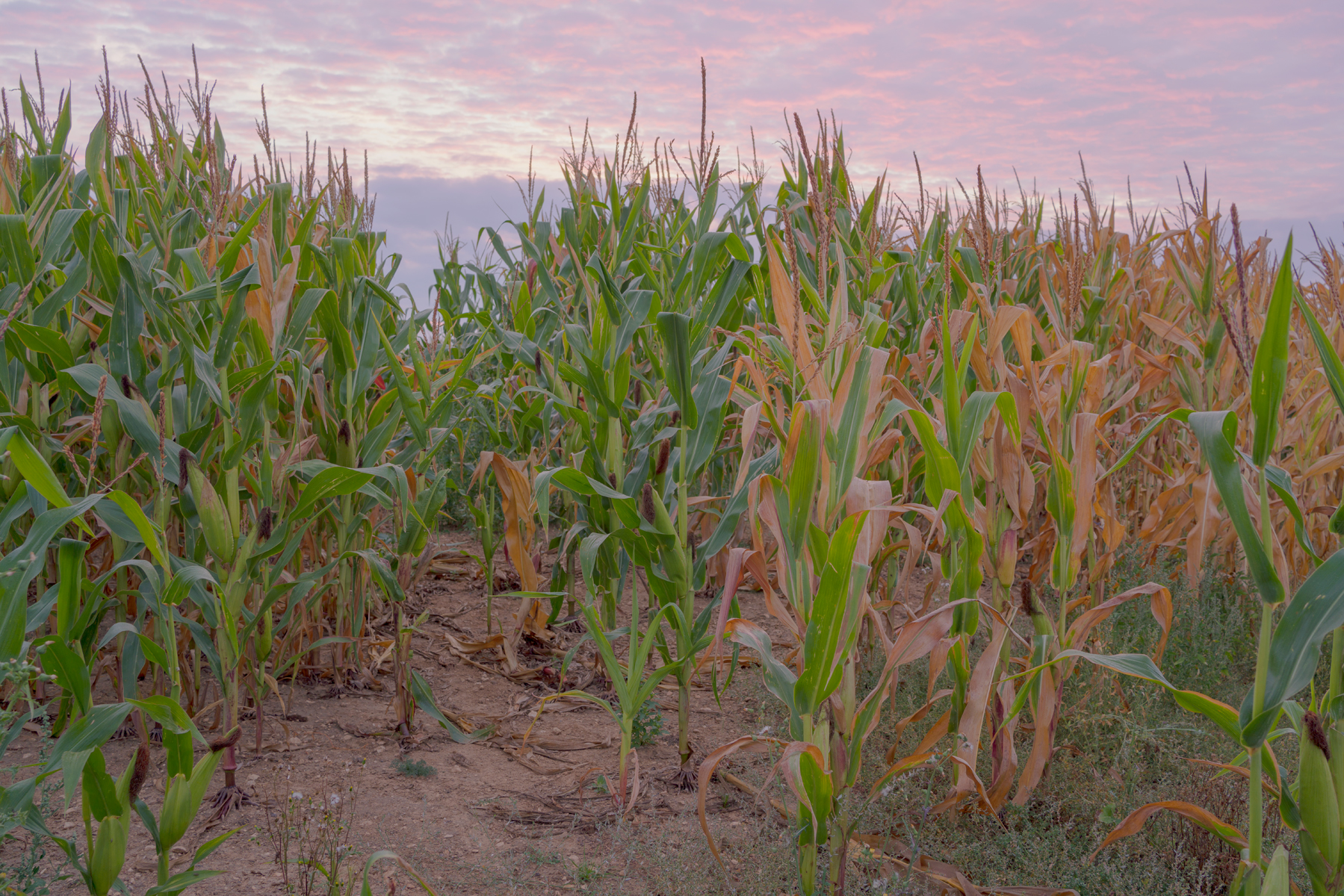
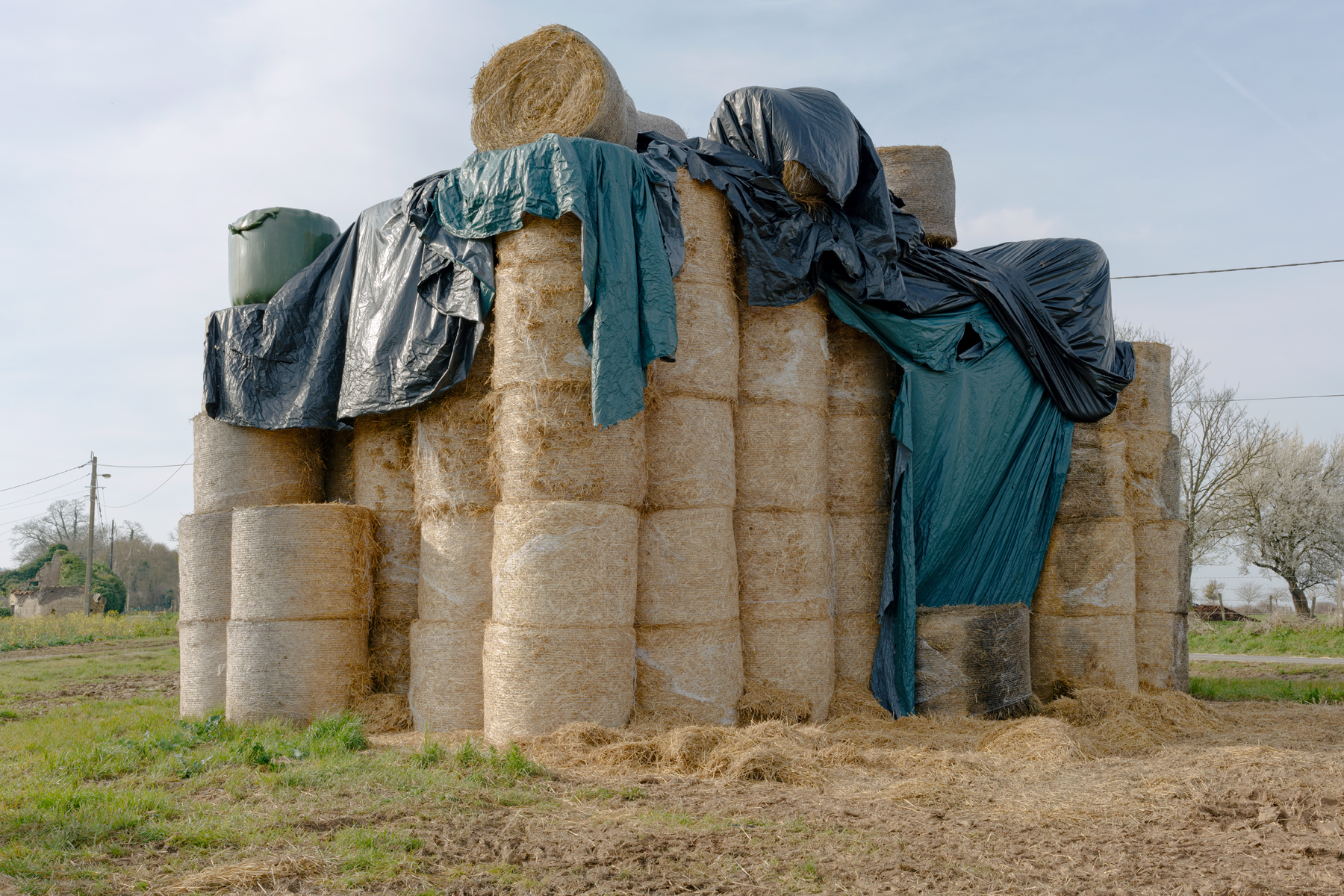
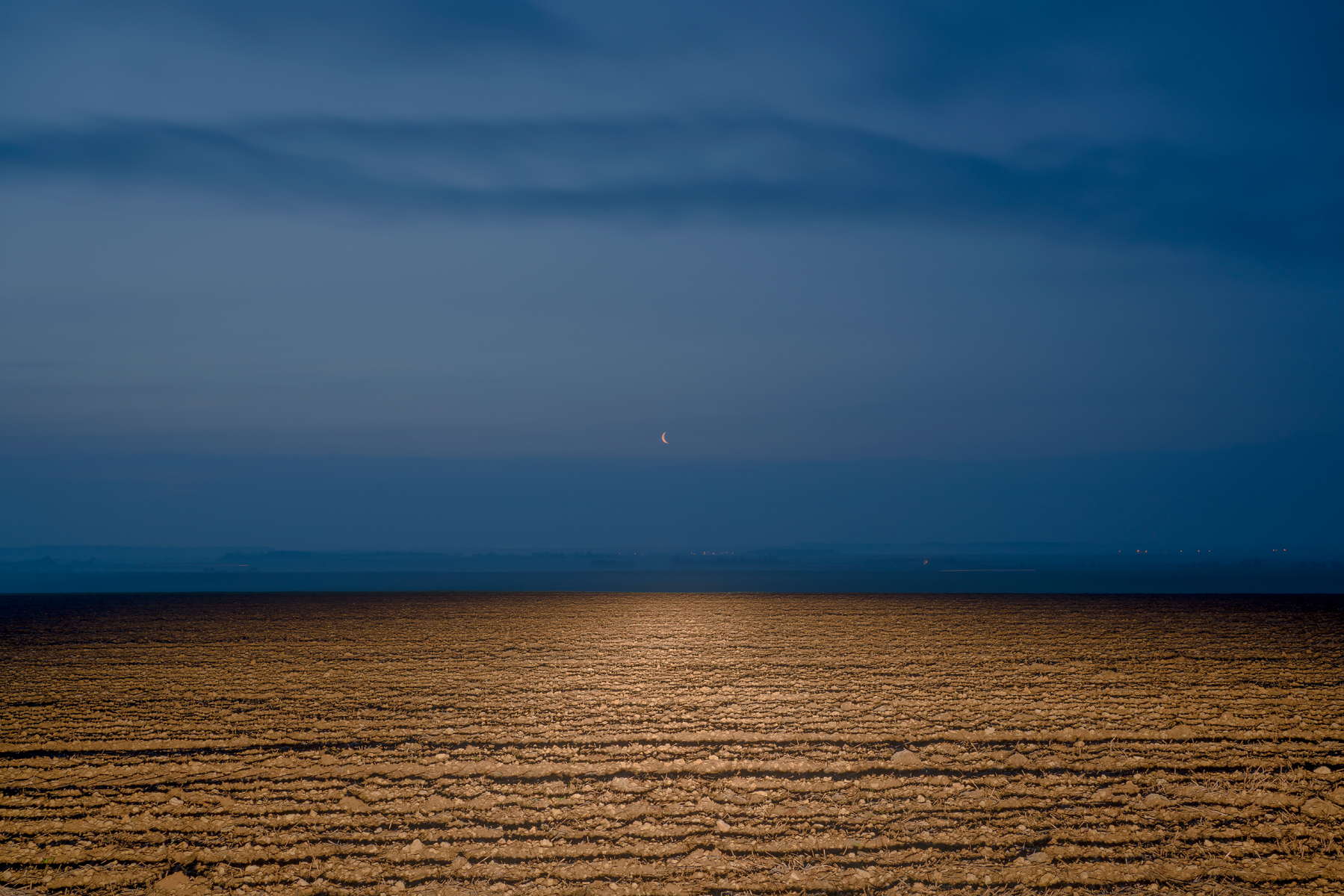
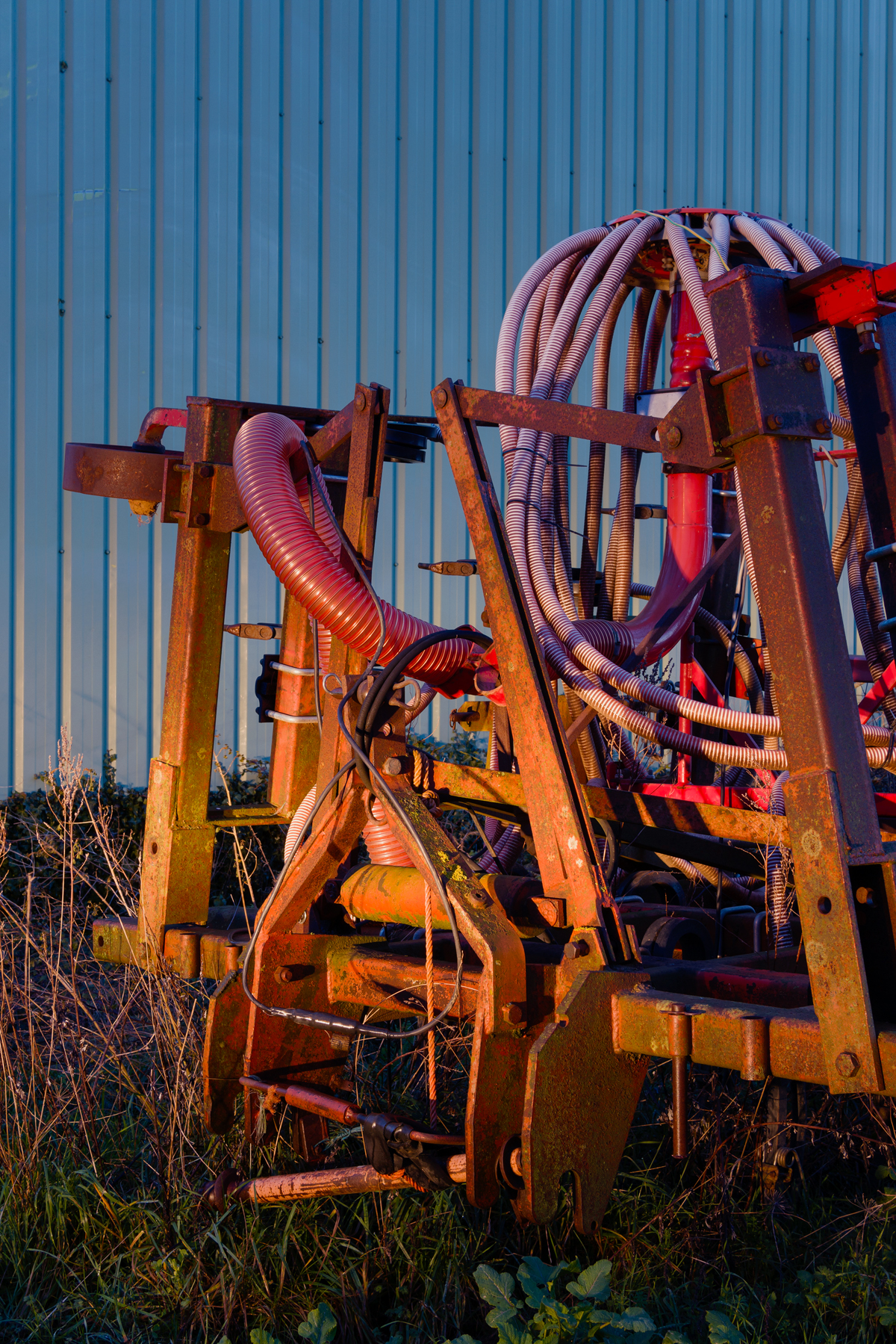
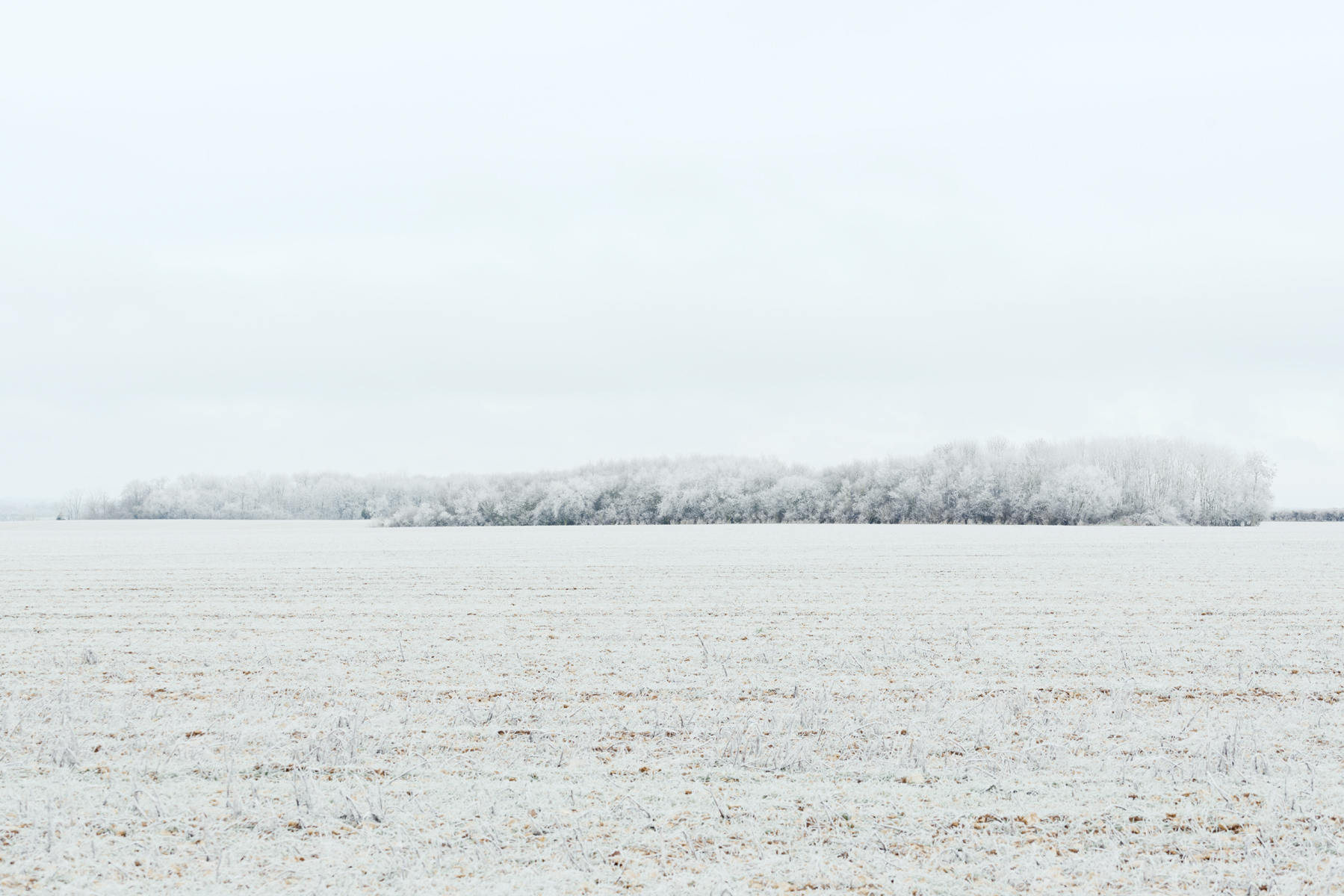
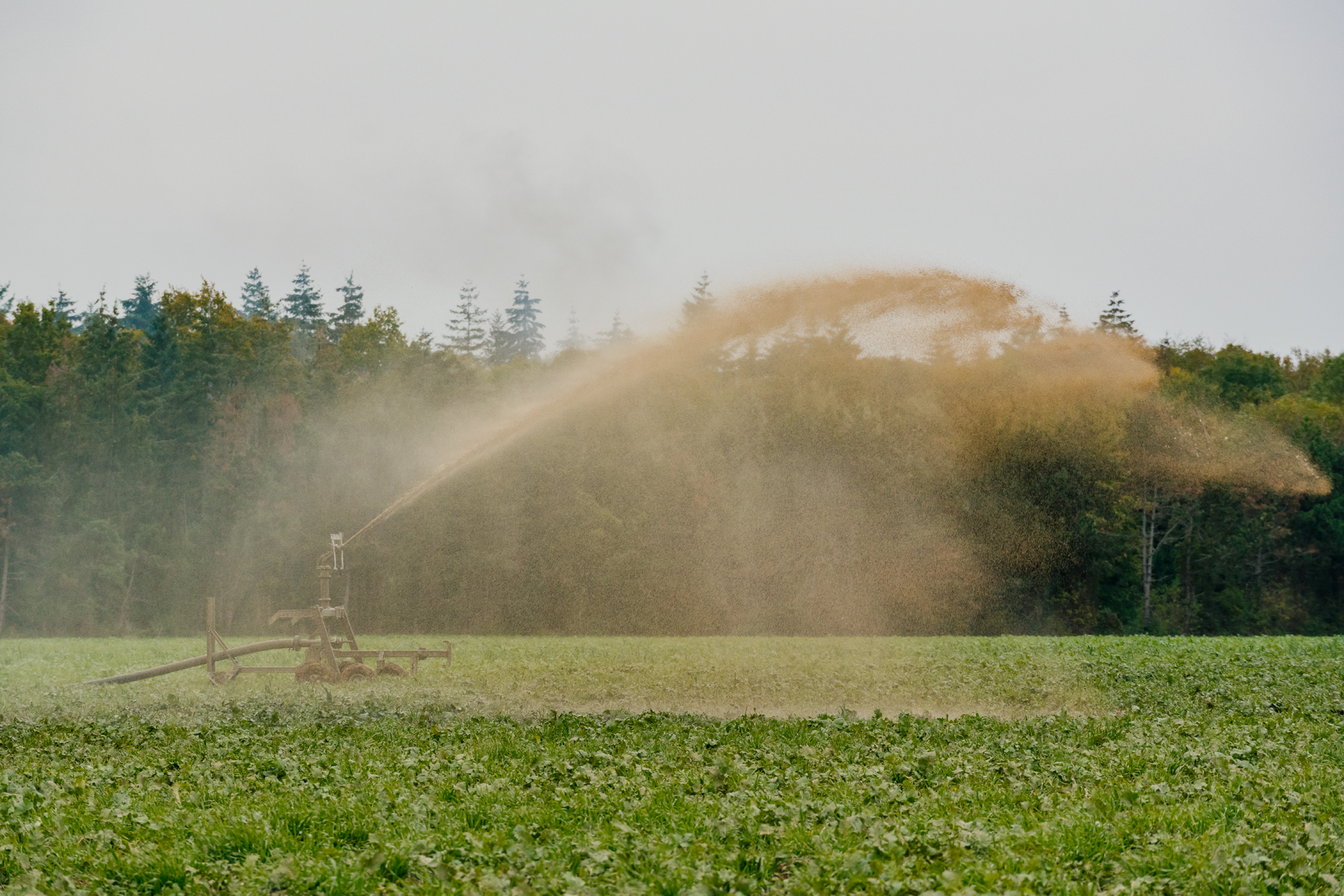
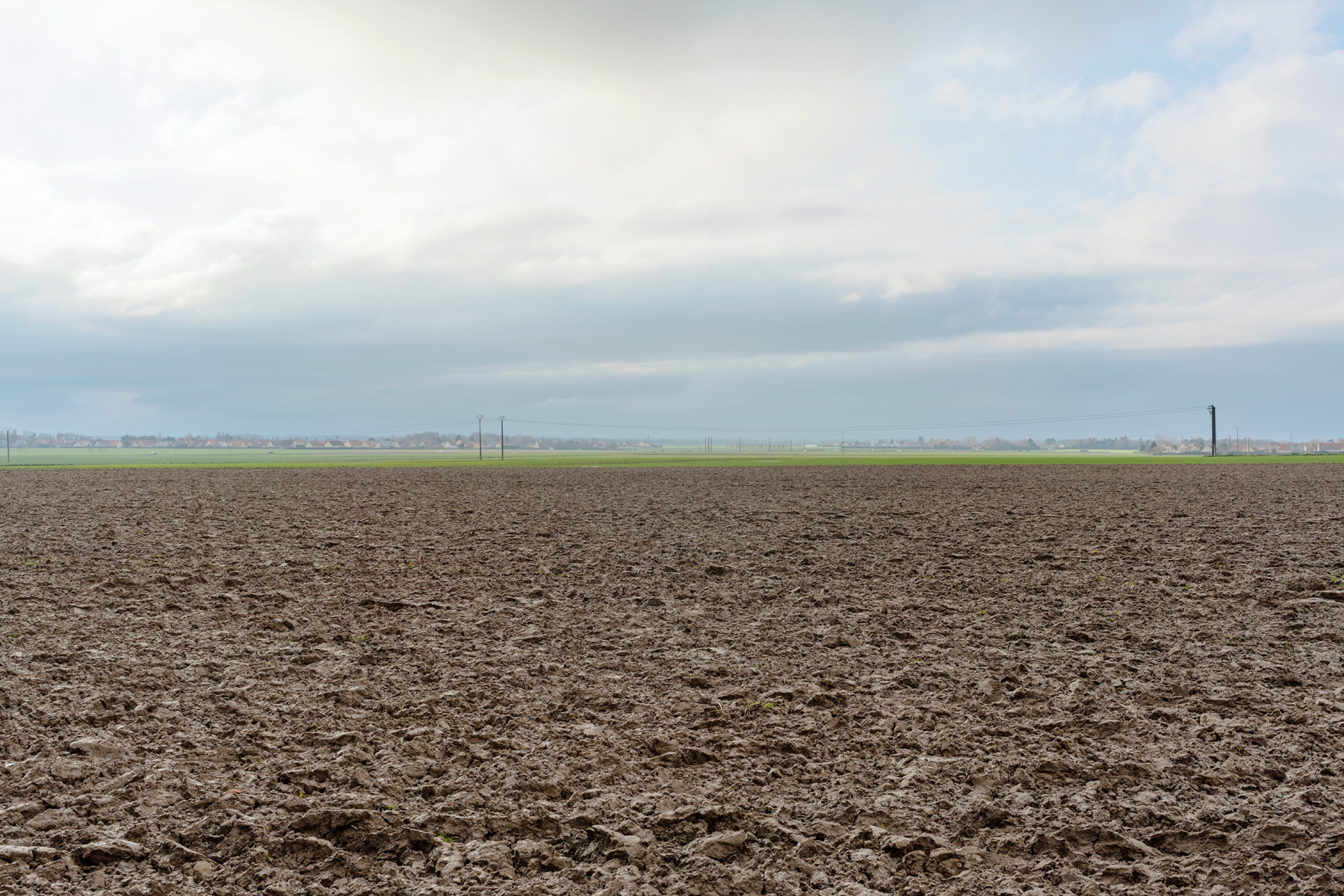



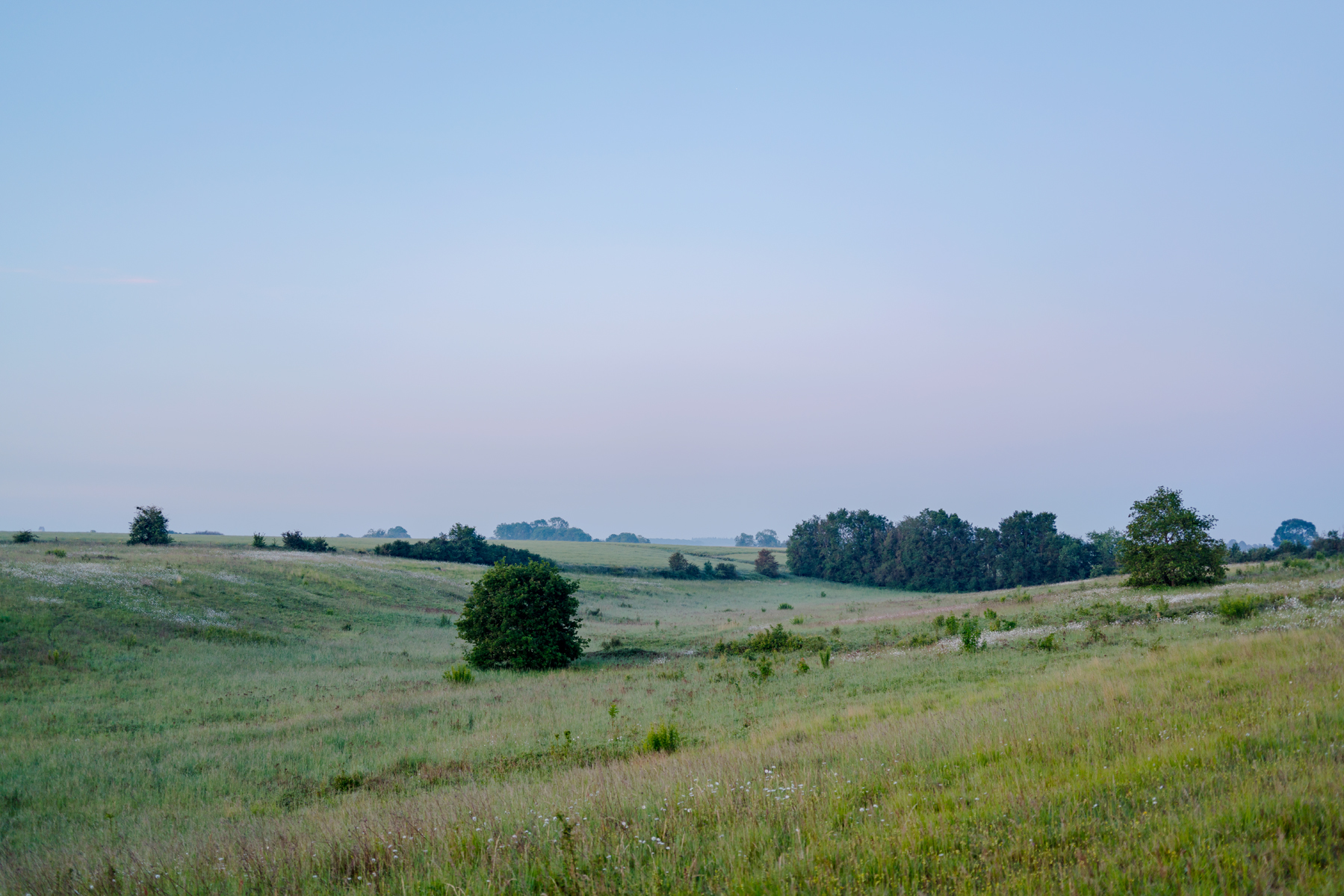

Agricultural plains are blank spaces on the conventional maps. The paper coresponding to there surface is generaly left white, undetermined : it escapes from the representation, from our attention. I have tried to give back some colours to the "white space" ; to places that city dwellers generally don't event look at as they are admited to be ordinary, trivial.
Far from the idea of wilderness, "nature" in the region corresponds to countrysides for farming and to managed forests. As usual in the Western world, it is mainly seen as a reserve of resources to be exploited.
As the wild has no place where to be the main resident, it is diffuse, clandestine. The human presence is practically everywhere, and the apperance of the rare lives avoiding the human control evoke the past of a prehistoric landscape.
It is about representing this environment as the place for a necessary cohabitation. Introducing a map that includes the non-human life, and a vision of landscape beyond human history.